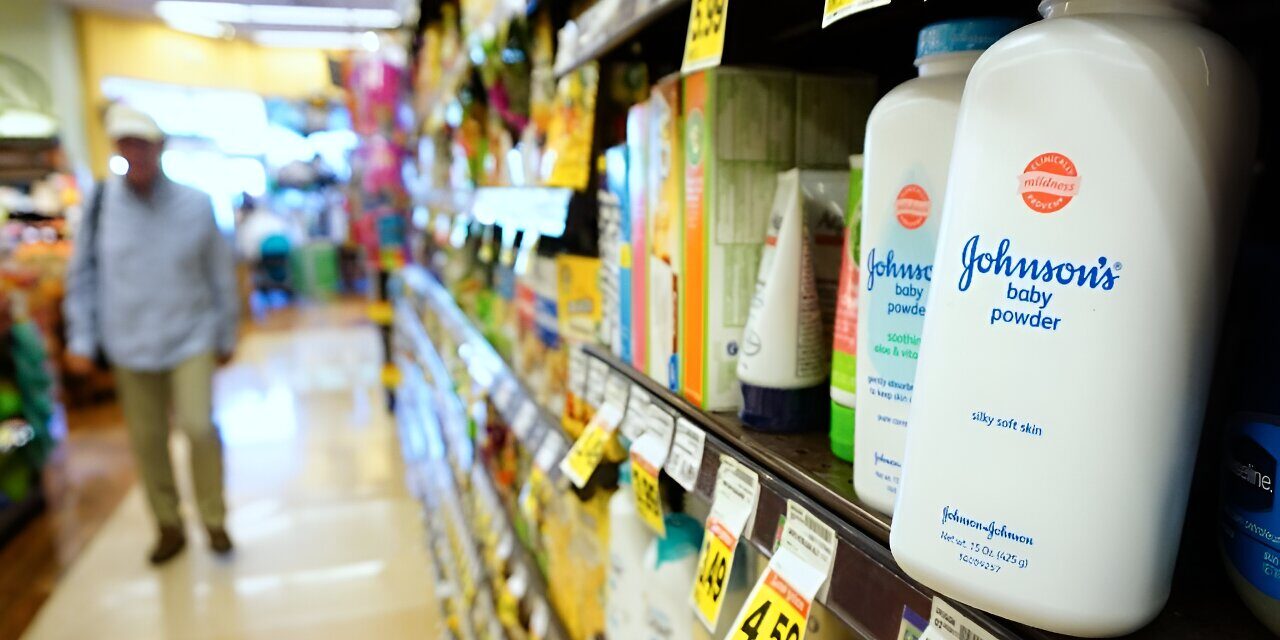The World Health Organization’s (WHO) cancer research arm, the International Agency for Research on Cancer (IARC), has classified talc as “probably carcinogenic” to humans. The announcement on Friday highlights “limited evidence” of a link between talc and ovarian cancer in humans, “sufficient evidence” of its carcinogenicity in rats, and “strong mechanistic evidence” of its carcinogenic properties in human cells.
Talc, a naturally occurring mineral widely used in baby powders and cosmetics, has been a subject of health concerns for years. The Lyon-based IARC stated that most people’s exposure to talc comes from using these products, but the most significant exposure occurs during mining, processing, or manufacturing.
Numerous studies have shown an increased rate of ovarian cancer in women using talc on their genitals. However, some of these studies could not rule out contamination with asbestos, a known carcinogen. “A causal role for talc could not be fully established,” the agency’s findings, published in The Lancet Oncology, noted.
Kevin McConway, a statistician at the UK’s Open University, who was not involved in the research, cautioned against misinterpreting the IARC’s evaluation. He emphasized that the IARC’s role is to determine whether a substance has the potential to cause cancer under unspecified conditions. Because the studies were observational and could not prove causation, McConway warned, “there isn’t a smoking gun that the talc use causes any increased cancer risk.”
The IARC’s announcement follows a significant settlement by Johnson & Johnson, which agreed to pay $700 million to resolve allegations that it misled customers about the safety of its talcum-based powder products. Despite the settlement, Johnson & Johnson did not admit to any wrongdoing and had already withdrawn the product from the North American market in 2020.
In contrast to the IARC’s classification, a 2020 summary of studies involving 250,000 women in the United States found no statistical link between genital talc use and ovarian cancer risk.
In a related announcement, the IARC also classified acrylonitrile, a chemical compound used in polymer production, as “carcinogenic to humans,” its highest warning level. The agency cited “sufficient evidence” linking acrylonitrile to lung cancer. Acrylonitrile-based polymers are used in various consumer products, including fibers in clothes, carpets, and plastics.
For more information, refer to the study by Leslie T Stayner et al., “Carcinogenicity of talc and acrylonitrile,” published in The Lancet Oncology (2024). DOI: 10.1016/S1470-2045(24)00384-X.












